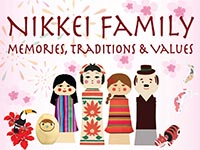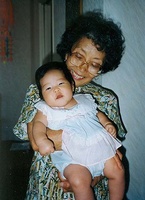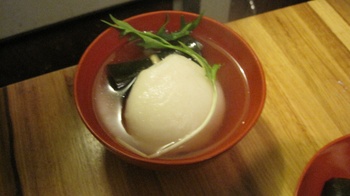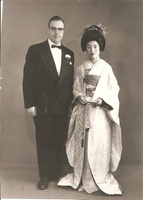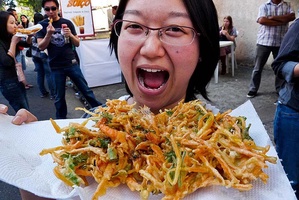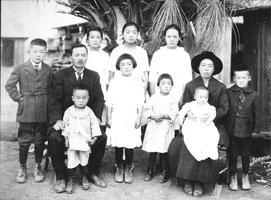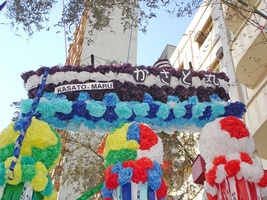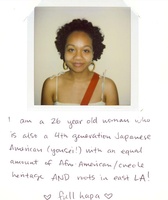We’re celebrating Discover Nikkei’s 10th anniversary!
Discover Nikkei has grown tremendously since its official site launch at the end of March 2005. Thank you so much for supporting the project! We hope you continue to participate and engage with our global Nima-kai online community through the project.
In the past ten years, we have been thankful to share so many wonderful stories about Nikkei around the world. What has been just as exciting for us though, is hearing how our project has impacted and connected individuals and organizations. Our global network—the Discover Nikkei Nima-kai community—has connected, and in some cases reconnected, people around the world.
To celebrate our 10th anniversary, we would love to hear from you! Check back as we post a new question each month through March 2016. We hope you participate and use this as an opportunity to “meet” your fellow Nima.
Thank you to all of our site contributors, volunteers, editors, partners, consultants, mentors, staff, and supporters. Thanks to all of you who have helped us just by reading and appreciating the stories, commenting, or sharing them with others. We are especially grateful to The Nippon Foundation for their generous support which enabled us to develop, grow, and maintain the site. Without everyone’s support, we would not have accomplished this much!
We look forward to the next 10 years with you!
—The Discover Nikkei Team




